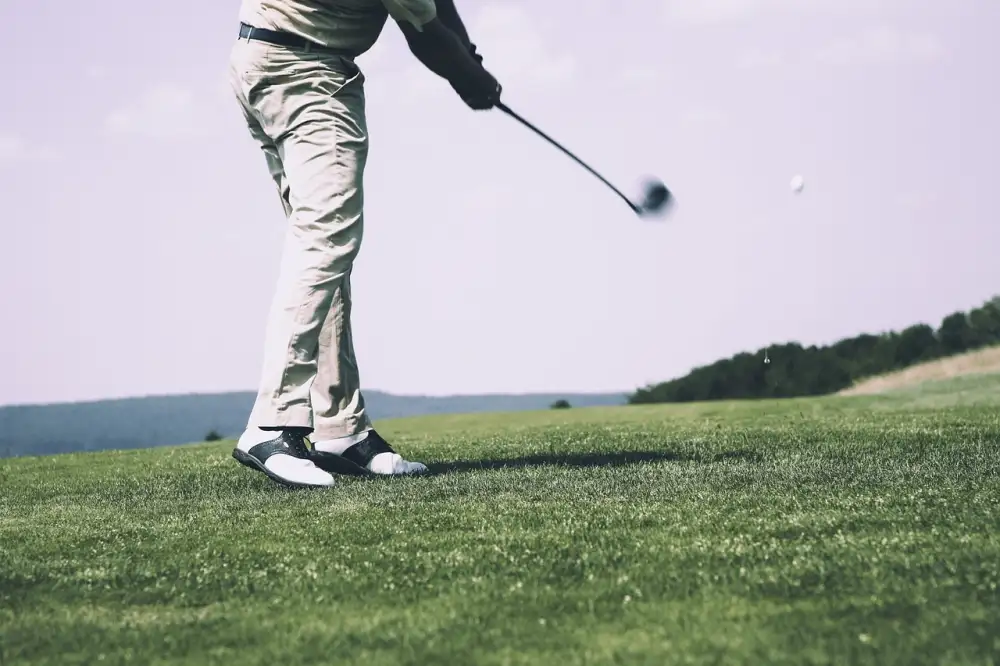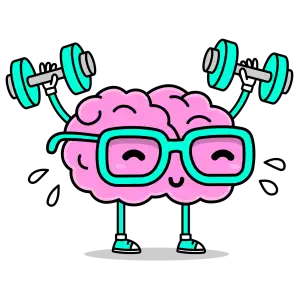Golf Callus: A Swinging Pain

What is a golf callus?
A golf callus is a hardened, thickened area of skin that commonly forms on the hands of golfers. It is caused by repeated friction and pressure from gripping the golf club. As you swing, the club rubs against the skin on your hands, particularly the fingers and palms. Over time, this repetitive friction stimulates the skin to produce more callus cells, resulting in a tough, raised area. Golf calluses are generally harmless and can even be beneficial, providing a protective layer that prevents blisters and abrasions. However, if a callus becomes too thick or painful, it may need to be addressed.
| Feature | Golf Callus | Regular Callus |
|---|---|---|
| Location | Primarily hands (fingers, palms) | Hands, feet, any area exposed to repeated friction |
| Cause | Friction from golf grip during swings | Repeated friction or pressure on skin |
| Appearance | Thickened, rough skin, often yellowish | Thickened, rough skin, can be yellowish or grayish |
Where do golf calluses form?
Golf calluses typically form on the hands and fingers, specifically in areas that experience repeated friction and pressure during the swing. The most common locations include:
- The fleshy part of the left hand, just below the fingers, where the grip rests.
- The base of the right thumb, where it presses against the club.
- The tips and sides of the fingers, particularly the index and middle fingers of both hands.
These calluses develop as a natural protective mechanism, thickening the skin in response to repeated stress. They can vary in size, thickness, and sensitivity depending on factors such as swing mechanics, grip pressure, and frequency of play.
Symptoms of a golf callus
Golf calluses, while not a serious medical condition, can cause discomfort and affect your grip. Common symptoms include a thickened, rough area of skin on your hands, typically where your fingers rub against the golf club. You might notice redness, dryness, or even slight discoloration in the affected area. In some cases, the callus can become tender or painful, especially during or after playing golf. If the callus cracks, it can be more susceptible to infection, so it's important to keep the area clean and moisturized. If you experience any unusual symptoms or severe discomfort, consult a medical professional.
Golf callus treatment options
Golf calluses, while a badge of honor for some, can become painful and unsightly. Thankfully, several treatment options exist. Start by soaking your hands in warm water to soften the calluses. Then, use a pumice stone or foot file to gently exfoliate the thickened skin. Moisturizing creams containing urea or salicylic acid can further soften the calluses over time. Avoid picking or cutting the calluses, as this can lead to infection. If your calluses are particularly painful or don't improve with home treatment, consult a dermatologist or podiatrist. They may recommend professional callus removal or prescribe stronger medications. Remember, prevention is key. Wearing properly fitted golf gloves and using grip aids can help prevent callus formation in the first place.

Preventing golf calluses
Golf calluses are a badge of honor for some, but they can be painful and unsightly. Luckily, they're preventable. Start with wearing a properly fitted golf glove. This reduces friction between your hands and the club, the main culprit behind callus formation. Next, use high-quality grips on your clubs. Worn grips require a tighter hold, increasing friction and callus risk. Consider padded golf gloves for extra protection. These gloves have extra padding in high-friction areas, offering an additional layer of defense against calluses. Most importantly, moisturize your hands regularly. Keeping your skin hydrated makes it more resilient and less prone to callus formation. Remember, prevention is key. By taking these steps, you can enjoy your time on the course without sacrificing the condition of your hands.
Published: 11. 06. 2024
Category: Health



